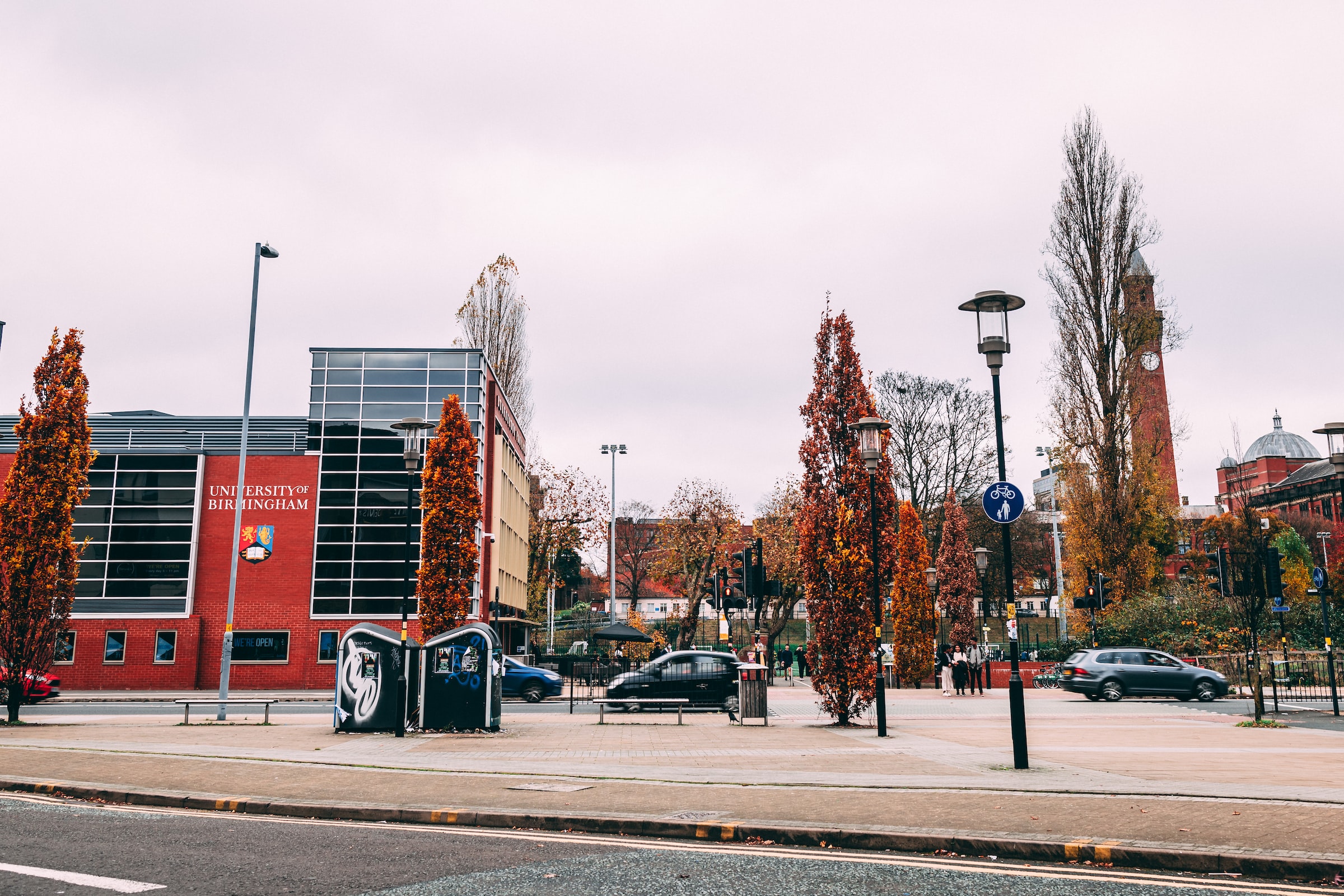
Culture Editor Nadia Sommella reviews the Barber Institute’s first virtual exhibition, urging us to visit Sights of Wonder from the comfort of home
A new exhibition was launched on 12th June from the Barber Institute, curated by 10 students on the MA Art History and Curating course. This is the first virtual exhibition held by the Barber, and possibly far from the last. Sights of Wonder: Photographs from the 1862 Royal Tour provides a rare insight into the Royal Collection archives, collating together a selection of images from the first Royal tour to be photographically documented. With the advent of new photographic technology, Francis Bedford captured the exoticism of the ‘East’ through a notably western lens.

Travel in this period was reserved for the elite and considered an indispensable part of a young gentleman’s education. But, the commercialisation of photographs such as these exposed a whole new audience to such unknown cultures. The pyramids are an incomprehensible feat to the modern viewer and have been considered one of the seven wonders of the world since the 2nd century BCE. But the Barber exhibition presents them through the eyes of the Victorian public, for whom they must have surely been unimaginable.
While, some of the images must have shown views starkly foreign to the British audience, many of the religious sites must have felt incredibly familiar. Jerusalem and Bethlehem were the subjects of countless religious artworks that would have been prominent fixtures in the everyday life of pious Victorians, but for most this would have been the first time they would have seen an accurate depiction of these venerated sites.
It is impossible to view this exhibition, especially in the current climate, without thinking of the realities of the British Empire. Very few of the images are of local people, but rather offer an exotic view of what were likely considered ‘barbaric’ lands. While the exhibition does not focus on this aspect, the ‘Discover More’ section includes home activities for all ages, addressing ideas about colonialism and appropriation. This was something the curatorial team felt was especially important to include, and a vital conversation we must all be having about cultural heritage and institutions today.

The photographs themselves are beautiful, quiet images. They create nostalgia for a time before mass tourism, when one of the very select few could visit sights of extreme beauty without queues or a nearby motorway obstructing their contemplation. What struck me most about Bedford’s photographs, was how relaxed they feel. Considering at the time the subject would have had to remain still for expansive periods of time to ensure a clear image, the carefully staged photos do not have the stiffness prevalent in many images of the Victorian era.
The exhibition, originally planned by the MA students to take place in the Lady Barber Gallery, translates well to its virtual format. While paintings and sculptures lose a sense of three-dimensionality when viewed online, these photographs are in some ways enhanced. Alexandra Sheen, one of the student curators, told Redbrick, ‘the best part about Sights of Wonder being online is that you can zoom into the amazing details of Bedford’s photographs, to see the hieroglyphics on the walls of Egyptian temples, or the intricate patterns of tiles on buildings in Istanbul.’
Although it was understandably disheartening to have to reinterpret their exhibition in this way, the team have risen to the occasion and adapted well to the technology. In some ways, it broadens the accessibility of the exhibition and allows people to view their work from anywhere in the world – a blessing, as many of the curators’ families reside outside of the UK.

Sheen explained that they ‘kept in mind the visitor’s journey through our exhibition, re-interpreting the experience by showing a chronological progression through the works, but also offering an index of every object so that the visitor can pick and choose how to view them – bearing in mind that when someone visits an exhibition, you expect them to take one route through the display, but they could always go back to study their favourites.’ In many ways the exhibition does feel like a journey. We are tracing the steps of Edward VII, then Prince of Wales, and his entourage.
Just as Bedford brought the ‘East’ back to the U.K, the Barber brings you Sights of Wonder all the way to your couch. It has never been easier to go to an exhibition, and this one is definitely worth clicking on. Visit https://sightsofwonder.barber.org.uk/.
Read more of Culture’s exhibition reviews:
Comments